39 about energy rating labels
Energy Performance Label | National Fenestration Rating Council The NFRC label helps you compare between energy-efficient windows, doors, and skylights by providing you with energy performance ratings in multiple categories. Window Label. Door Label. U-Factor measures how well a product can keep heat from escaping from the inside of a room. The lower the number, the better a product is at keeping heat in. Energy rating labels | Sustainability Victoria The Energy Rating Label is an Australian Government initiative. The label uses stars as a way to show the efficiency of an appliance. The more stars, the more efficient the product is. You can use this star rating to compare other models of the same capacity. Most appliances are rated between 1 and 6 stars.
Regulations: energy information - GOV.UK Energy labels for certain products are being gradually re-scaled to display A - G energy rating classes instead of A+++ - G energy rating classes. The first phase of re-scaling took place in March...
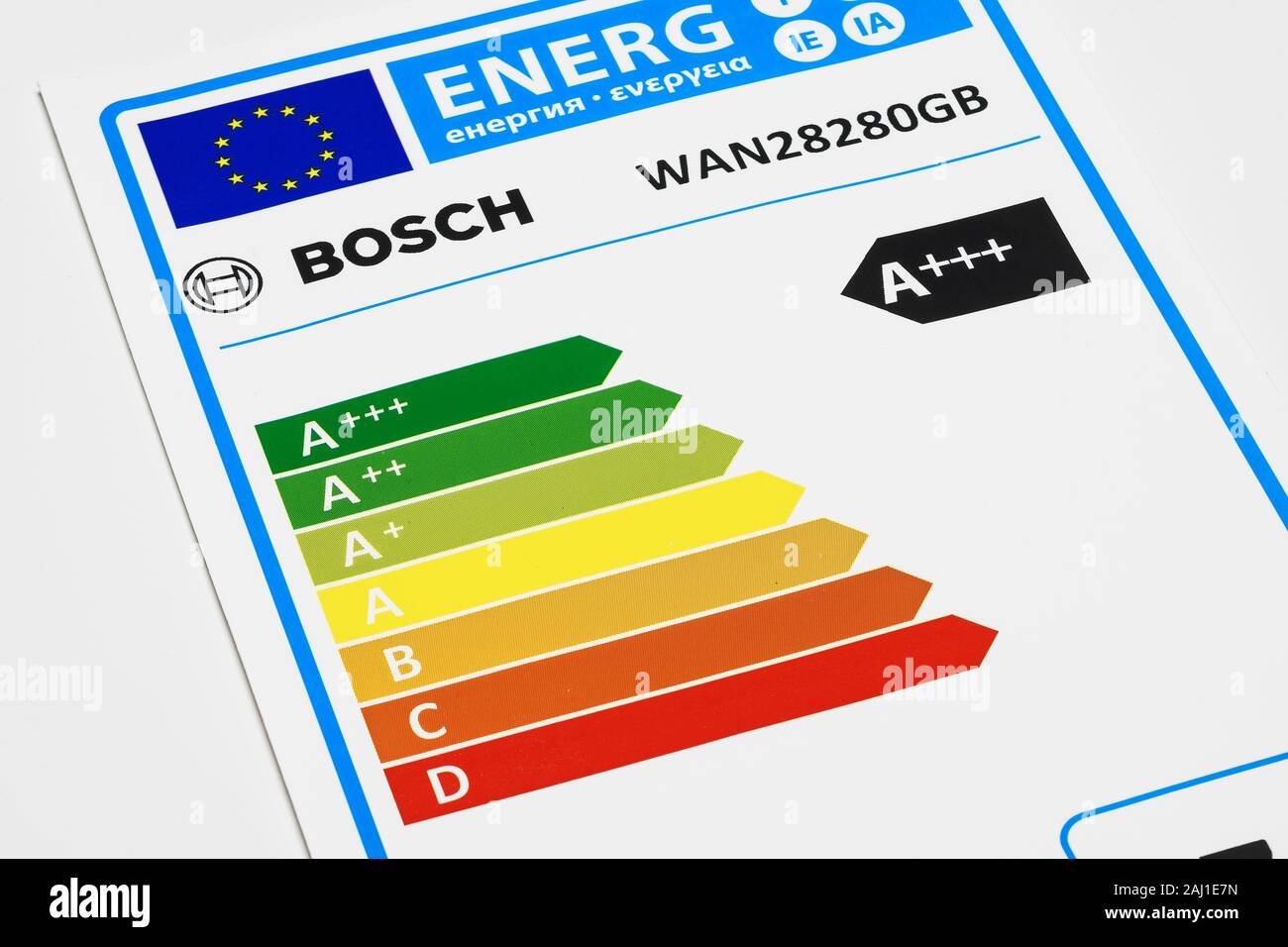
About energy rating labels
PDF Rating Review Process - Energy 15% more efficient than the 2004 IRC, then it does not receive the label. The Home Energy Rating System (HERS) Index is used to determine the home's rating. 3. ENERGY STAR Home Energy Yardstick (USA - Environmental Protection Agency) The ENERGY STAR Home Energy Yardstick is an online tool that a homeowner can use to perform a self- Guide to choosing home appliances - Energy Saving Trust Sep 30, 2022 · It’s best to check the appliance’s energy label, and look for the product with the best energy rating for the size you require. If you live in England, Scotland or Wales, you can find more information about the energy labels on the Label 2020 website. Reading the Residential Label - AERC Energy Rating The "Warm Climate" rating indicates your potential energy savings when using that particular product when it's warmer outside, and your home may use more air conditioning. Higher energy improvement rating numbers, and those that are closer to the maximum (max) for that product category, will provide greater energy savings. Reaching the "Max"
About energy rating labels. Energy rating - appliances | energy.gov.au Energy rating labels provide consumers with information on the energy efficiency of a range of appliances. The more stars, the more energy efficient the product is compared to other models in its category. Legislation | Energy Rating Oct 01, 2012 · The Energy Rating Label, or ERL, provides consumers with energy performance information at point-of-sale on a range of products that are regulated under the Greenhouse and Energy Minimum Standards (GEMS) Act 2012. An ERL will assist a consumer to compare between similar product models through comparing their Star Rating and estimated annual ... Energy labels decoded | Currys TechTalk Sep 26, 2022 · Energy labels are there to help you make an informed choice when you're shopping- and that's true whether you're in the UK or the EU. An appliance with a low energy rating is less energy efficient than one with a high rating. So, if you buy a piece of tech with a G rather than an A rating, you could end up spending more on your electricity bill. Understanding the label | Energy Rating Energy rating labels provide consumers with information on the energy efficiency of a product. There are two main types of labels - comparison labels and endorsement labels. Comparison labels Comparison labels allow consumers to compare the energy consumption of similar products and factor lifetime running cost into their purchasing decision.
PDF Building Owners Required to Post Building Energy Efficiency Rating ... Energy Efficiency RatingLabel . page 2 . include an attestation by the owner or the owner's representative that the label will be posted. After clicking Submit, the label will be displayed and available for downloading andprinting. Failure to print the label in DOB NOW, as well as post the DOB-issued label, may result in the imposition About the energy label and ecodesign | European Commission The energy labels provide a clear and simple indication of the energy efficiency and other key features of products at the point of purchase. This makes it easier for consumers to save money on their household energy bills and contribute to reducing greenhouse gas emissions across the EU. What is an Energy Rating Label? — EcoAir Online Store What is an Energy Rating Label? All household air conditioners (under 12kW cooling) must comply with the Energy Information (Household Air Conditioners) (No 2) Regulations 2005. This regulation implemented the energy labelling for air conditioners. The key points are: Energy Rating Labels explained - Consumer NZ Energy Rating Labels have two important pieces of information: the star rating and the energy consumption. Star rating The top half of the label has a star rating of up to 6 or 10 stars. The stars represent how energy efficient a model is compared to other models of the same size/capacity.
Understanding Energy Rating Labels - Sustainable Build Understanding Energy Rating Labels When it comes to energy saving, buying the most efficient products and appliances is now easier than ever. Today, energy rating labels can tell you everything you need to make the right choice - giving you vital information about energy consumption, performance and efficiency. Federal Register :: Energy Labeling Rule EnergyGuide labels for most covered products contain three key disclosures: estimated annual energy cost, a product's energy consumption or energy efficiency rating as determined by Department of Energy ("DOE") test procedures, and a comparability range displaying the highest and lowest energy costs or efficiency ratings for all similar models. Home | Energy Rating The Energy Rating website provides information about the E3 Program. We increase the energy efficiency of appliances to reduce energy use, emissions and to help save you money. Energy rating label | energy.gov.au The Energy Rating Label shows the energy efficiency and energy consumption of rated products allowing comparison of running costs over the life of the product. Energy efficiency is shown with a star rating of between 1 and 10 which can be compared to others of the same type and size.
Energy Efficiency Technical Guide: Standards, Rating and Labeling Standards, rating, and labeling schemes differentiate efficient products and buildings from those that are inefficient by establishing minimum energy performance standards. Such schemes help consumers save money and reduce energy consumption, and they help governments meet goals for national energy savings and targets for reducing greenhouse gases.
What do energy labels mean? | Green Choices The familiar EU Energy label, rates products from A (the most efficient) to G (the least efficient) and is required by European law to be displayed at the point of sale on the following products: Washing machines, washer-dryers tumble dryers Fridges, freezers and fridge freezers Dishwashers Electric ovens Energy-saving light bulbs Air conditioners
Label | Energy Rating Use the Energy Rating Label to work out rough running costs with some simple maths. It's easy - just take the energy consumption figure - and divide it by 4. For example, if the Energy Rating Label on a washing machine says it uses 400 kWh, it means it will roughly cost you $100 per year to run. Easy!
EU energy labelling requirements - Your Europe Energy labels: rank appliances on a scale from A to G according to how much energy they consume help consumers save money by choosing products that consume less energy can encourage companies to design products that consume less energy Class A (green) appliances consume the least energy - making them the most energy‑efficient.
Energy Rating Labels - Buying and Using Appliances | Gen Less The Energy Rating Label makes it easy to compare energy efficiency and running costs of similar appliances when you're deciding which to buy. An appliance with more stars on the label is more energy efficient - meaning you can save money on running costs, and New Zealand can save energy and emissions. Energy Rating Labels explained - Consumer
EnergyGuide Labeling: FAQs for Appliance Manufacturers The Energy Labeling Rule requires manufacturers of certain appliances to disclose a product's annual energy cost or efficiency information — based on Department of Energy (DOE) test procedures — on EnergyGuide labels, and to report their findings to the FTC.. Those bright yellow EnergyGuide labels show consumers how much it might cost to run an appliance each year based on how much ...
About energy rating labels | EECA The Energy Rating Label helps people compare energy efficiency and running costs of similar appliances when deciding which to buy. Zoned Energy Rating Label The new Zoned Energy Rating Label tells you which heat pumps/air conditioners will perform best in different climate zones of New Zealand and Australia. Fridges & freezers label
Energy Labelling | Energy Ratings | SEAI Energy labelling was introduced by the EU in the 1990s. It helps consumers make a choice based on the relative energy efficiency, energy consumption, and performance of a product in typical operating conditions. By choosing energy efficient products, consumers are also helping to reduce harmful greenhouse gas emissions.
Energy ratings: everything you need to know Boilers and other forms of heating such as heat pumps got new energy labels in 2015. Beyond an A++-G rating, the label includes information such as the level of sound they produce and for some product types whether the heater has the capacity to generate electricity - the latter accounting for the fact that the heating market is changing, with more low carbon options.
Energy Ratings and Energy-Efficient Appliances | OVO Energy Manufacturer's brand and model: key information about your appliance is shown at the top of the label. Energy rating: this rating, from A to G, tells you how energy-efficient your product is. Keep reading to find out more about energy-efficiency ratings. Energy use in kWh: the label should tell you how much energy your device will use in kWh.
Energy Rating Label | EECA Energy Rating Label Star rating shows efficiency The Energy Rating Label applies to certain products under the Energy Efficiency (Energy Using Products) Regulations 2002. These products must display the label when they are offered for sale. EECA administers the label compliance in New Zealand. The label also applies in Australia.
Energy Performance - BFRC BFRC assesses the energy performance of windows and doors and gives them a rating between A++ and E. Genuine BFRC rated products are labelled with a small official sticker on the inside of the frame and often a large rainbow label on the surface of the window or door: clear, visible proof that they will perform as promised.
A Guide to the New Energy Labels - ledbulbs.co.uk The new labels also include a QR code. You can scan this with your phone to find out more information about the appliance and its energy rating. The icons have also been redesigned and will change based on the type of appliance the label is related to. This makes it simpler to understand their product features and their efficiency.
Label2020 UK | Label 2020 - energy label The new energy labels for TVs, fridges, dishwashers, washing machines and washer dryers are here. They've helped consumers choose energy efficient products for more than 25 years. They've also helped manufacturers and retailers develop and sell innovative and efficient products. Increased demand for greener products means more efficient ...
NEA | National Environment Agency In cases where the available space is too small for the Energy Label to be seen clearly, the tick rating must be prominently displayed. Examples of how the energy label or tick rating can be displayed are shown below: Example of how an energy label is to be Example of how tick rating is to be
Why Have Our Energy Labels Changed? | New Energy Efficiency Labels ... Energy labels are there to help you make an informed choice when you're selecting products, and that's true whether you're in the UK or the EU. Simply put; An appliance with a low energy rating is less energy efficient than one with a high rating. The goal of the new and improved energy label system remains the same.
Reading the Residential Label - AERC Energy Rating The "Warm Climate" rating indicates your potential energy savings when using that particular product when it's warmer outside, and your home may use more air conditioning. Higher energy improvement rating numbers, and those that are closer to the maximum (max) for that product category, will provide greater energy savings. Reaching the "Max"
Guide to choosing home appliances - Energy Saving Trust Sep 30, 2022 · It’s best to check the appliance’s energy label, and look for the product with the best energy rating for the size you require. If you live in England, Scotland or Wales, you can find more information about the energy labels on the Label 2020 website.
PDF Rating Review Process - Energy 15% more efficient than the 2004 IRC, then it does not receive the label. The Home Energy Rating System (HERS) Index is used to determine the home's rating. 3. ENERGY STAR Home Energy Yardstick (USA - Environmental Protection Agency) The ENERGY STAR Home Energy Yardstick is an online tool that a homeowner can use to perform a self-



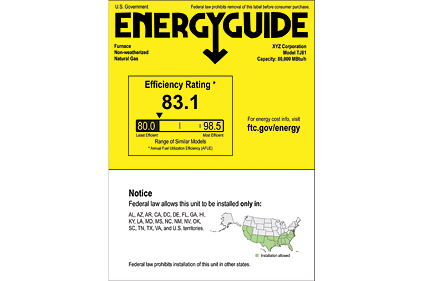
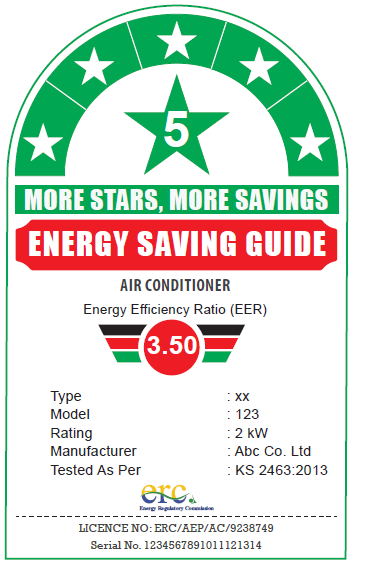






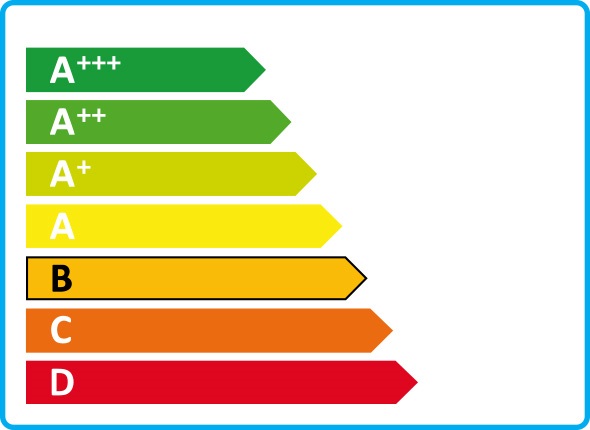
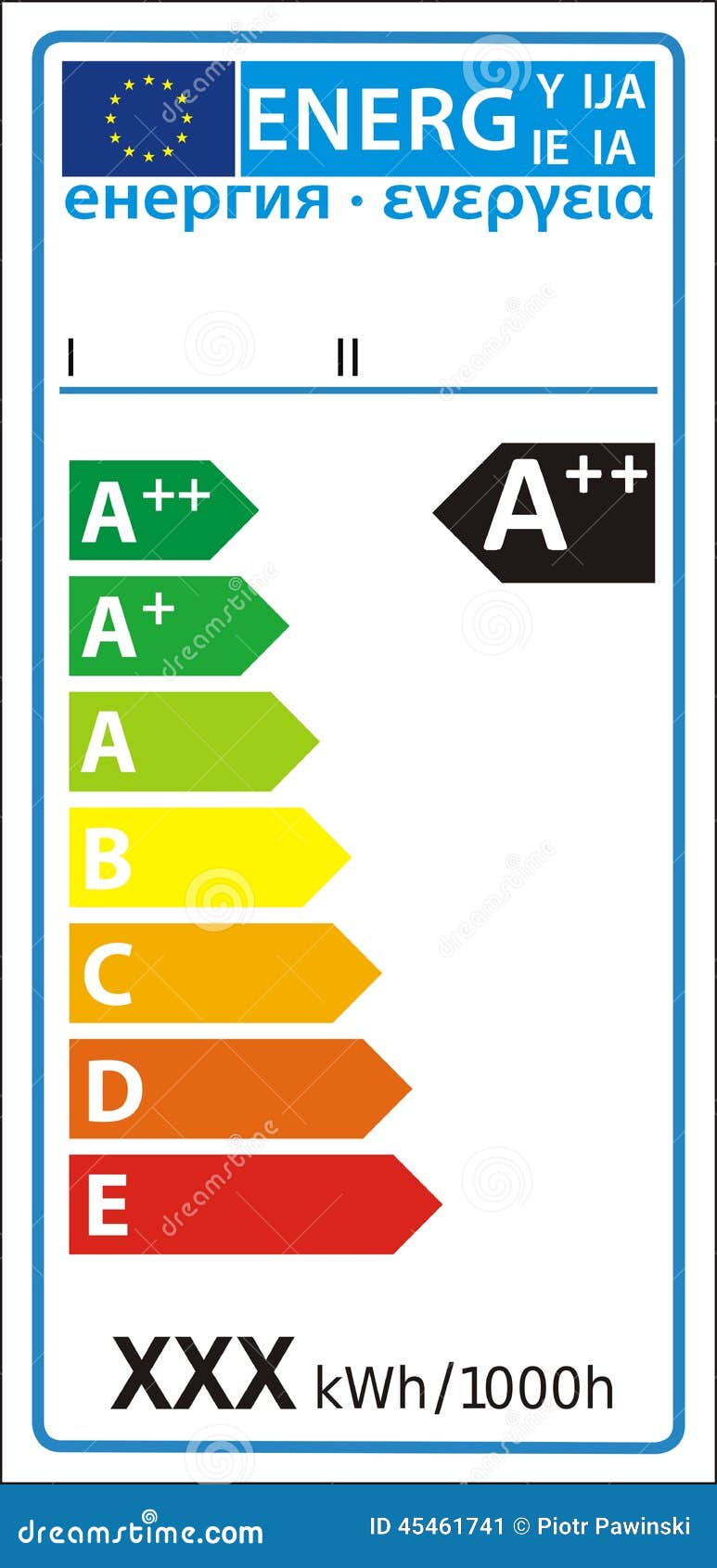
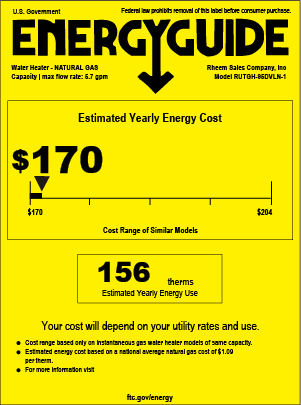





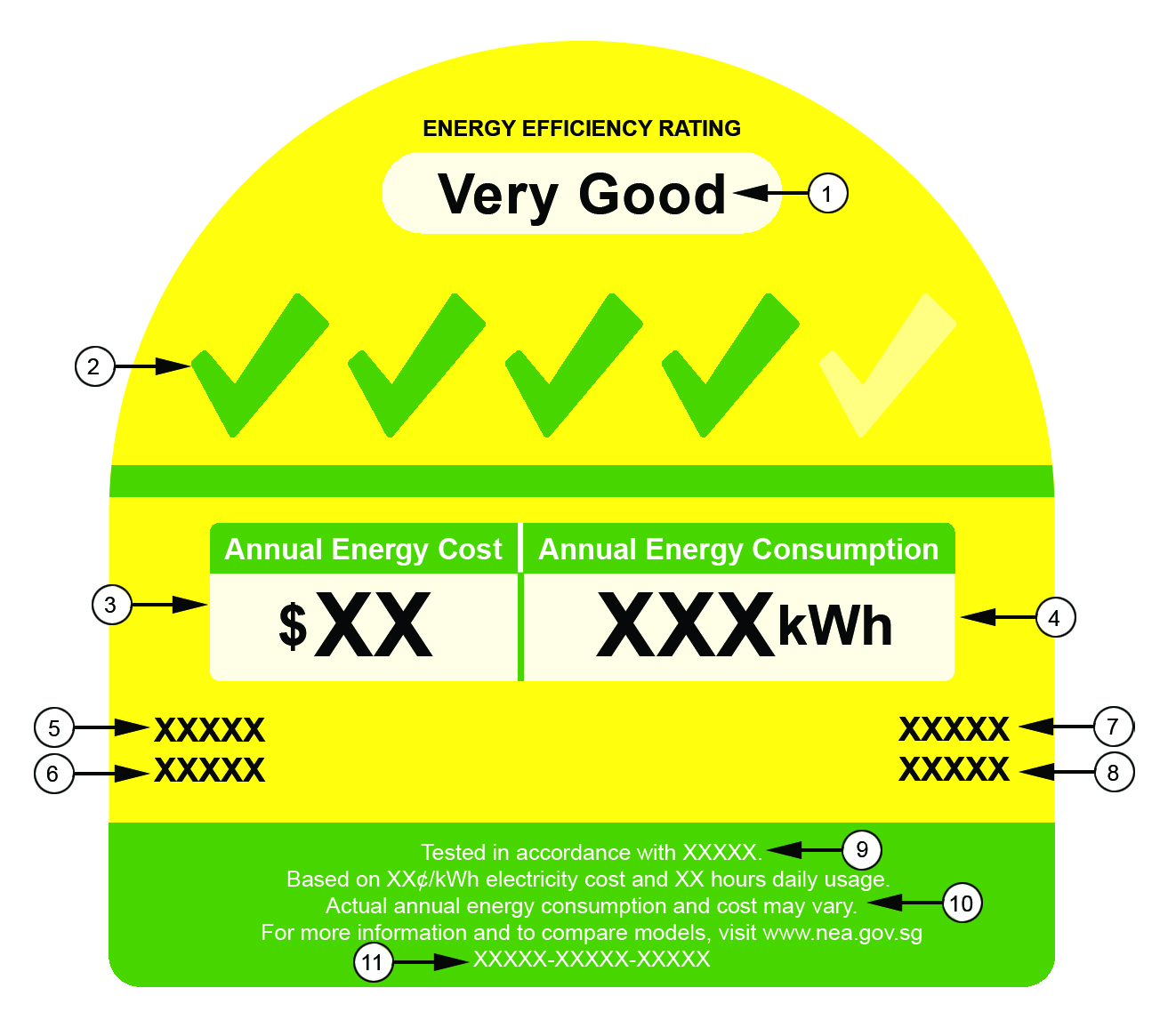


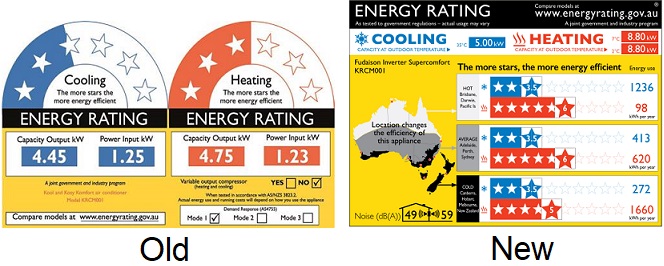


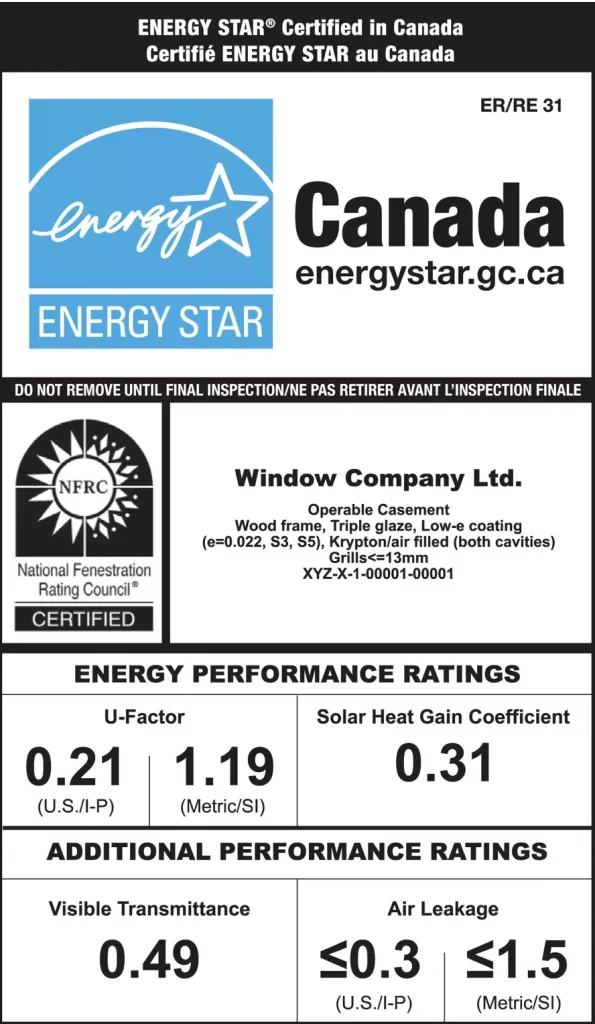
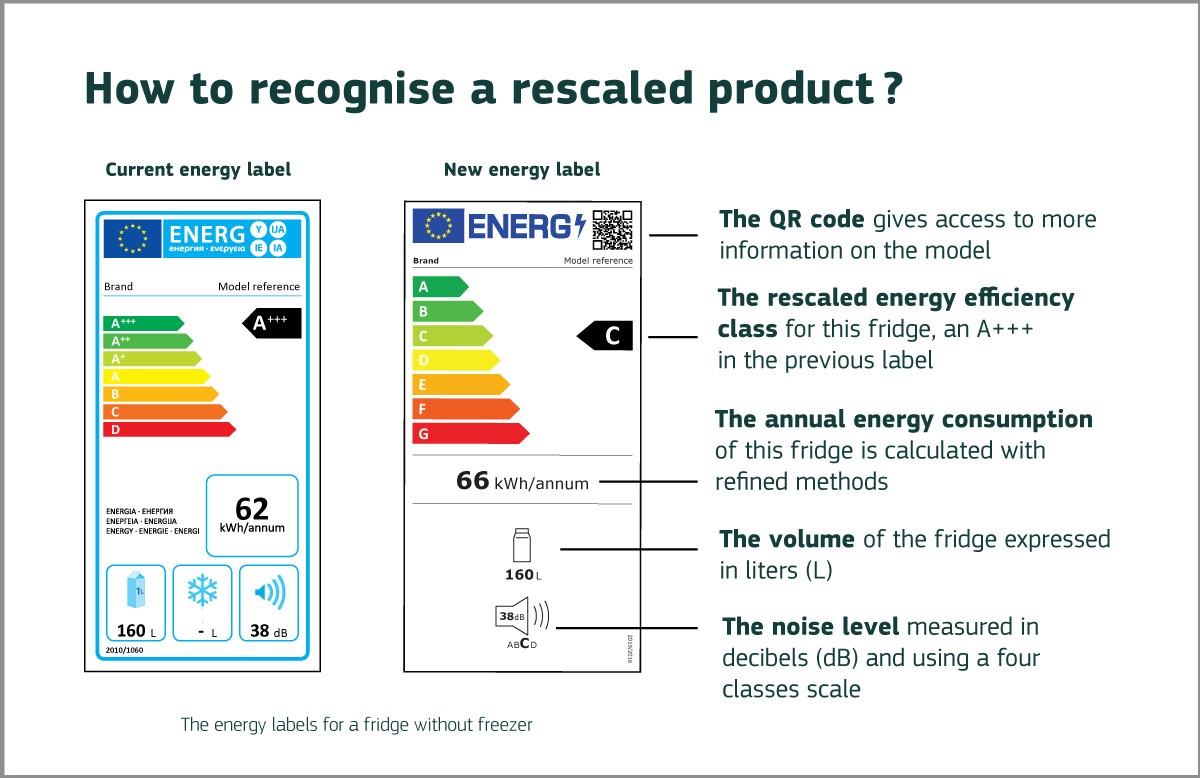
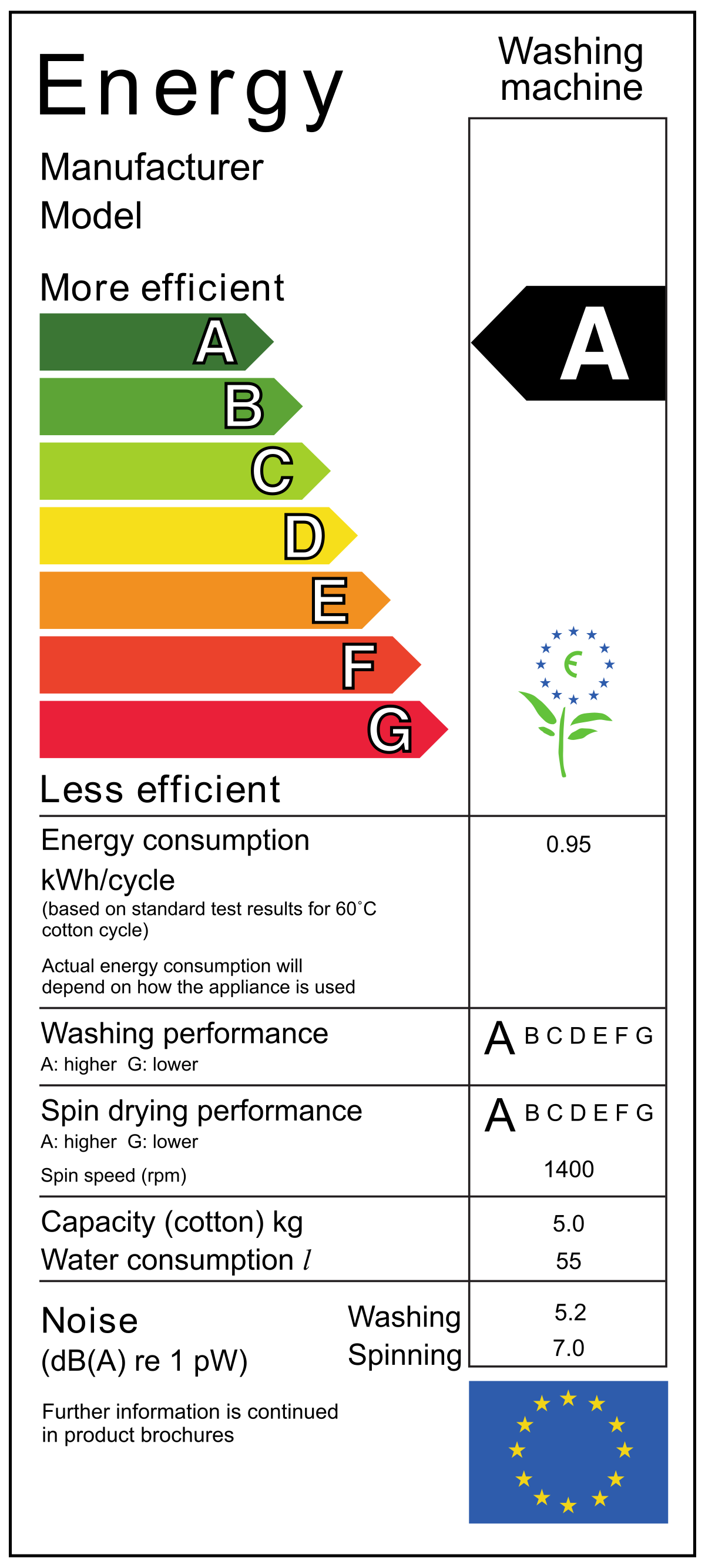
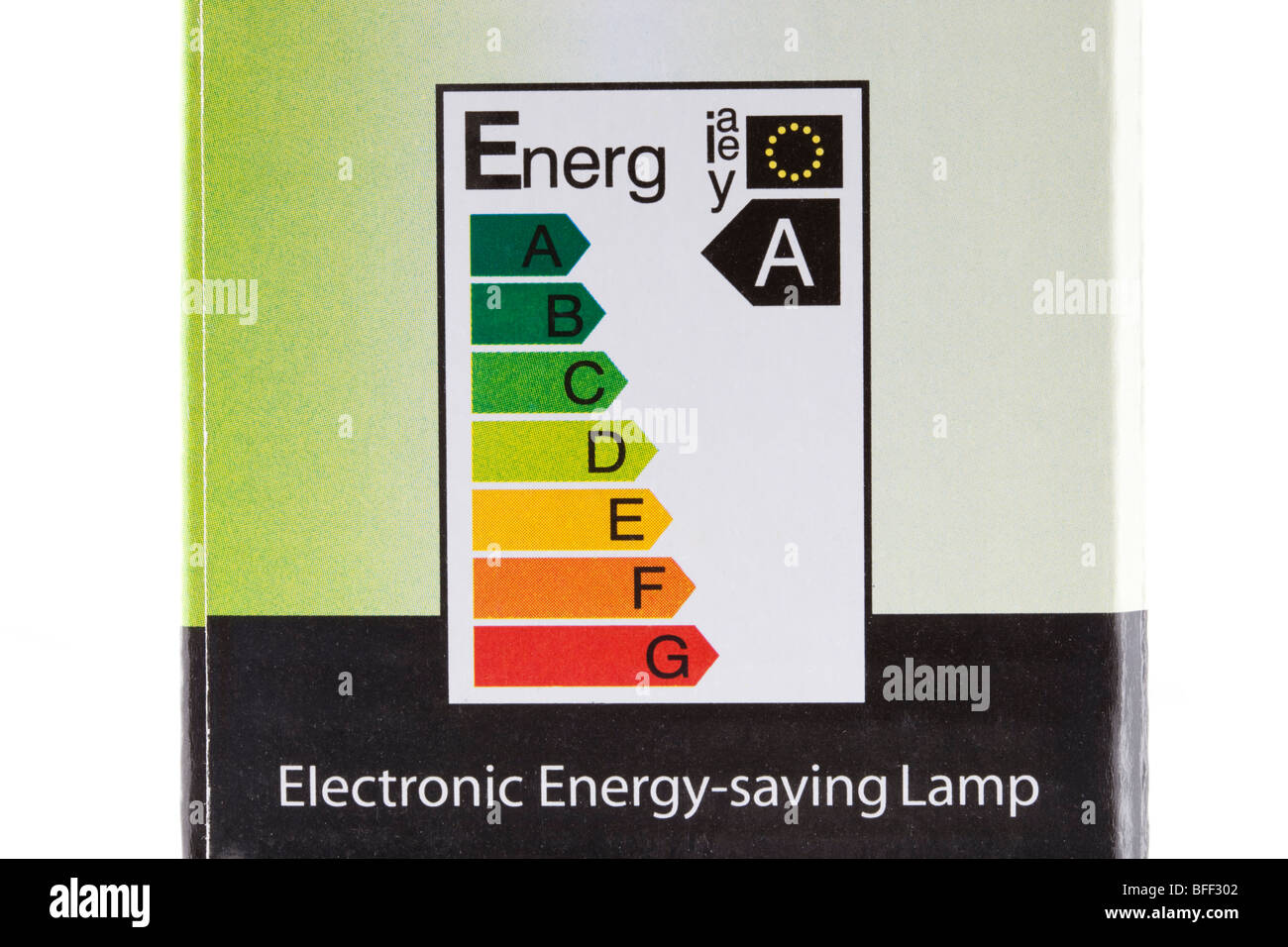

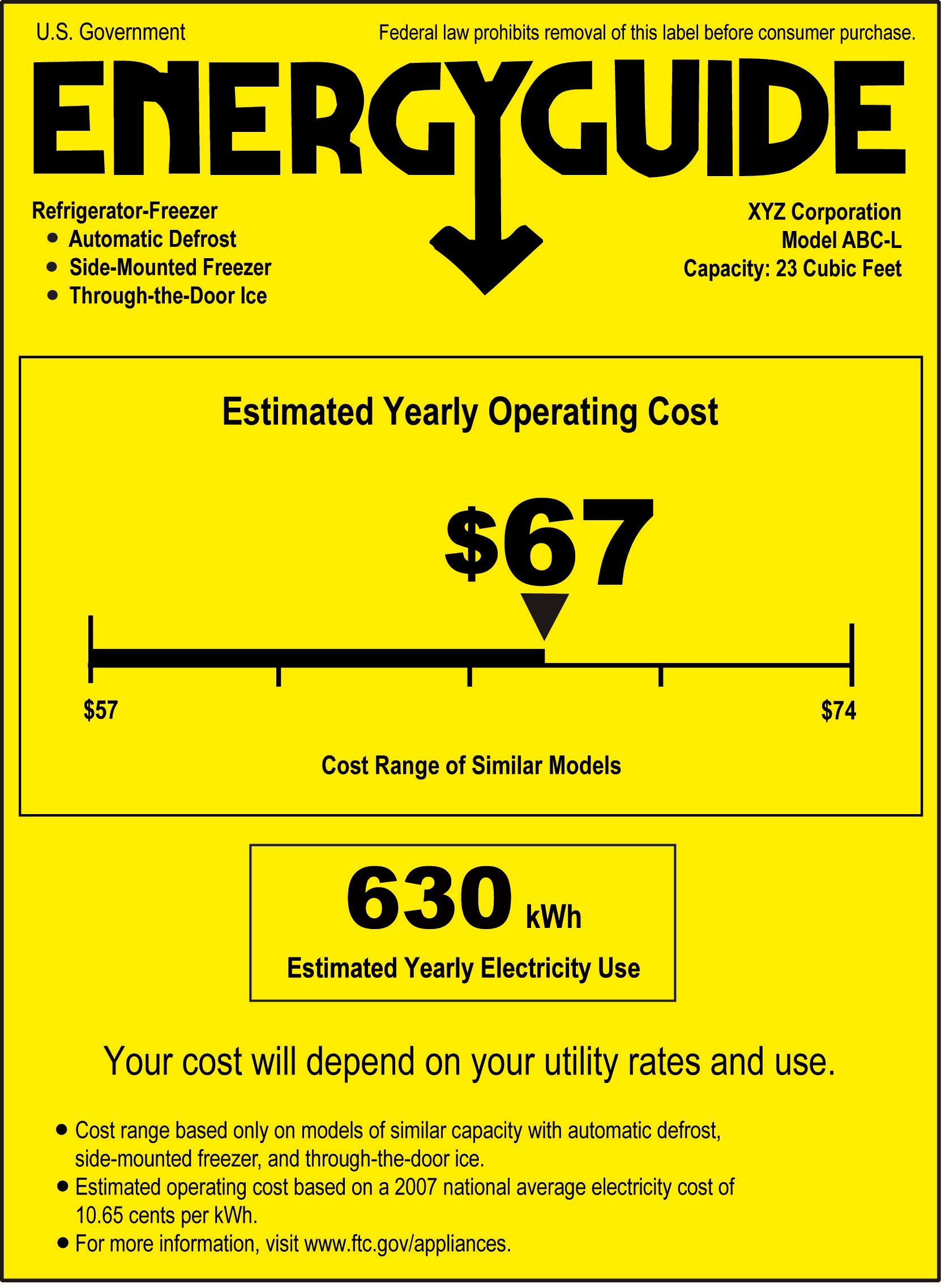


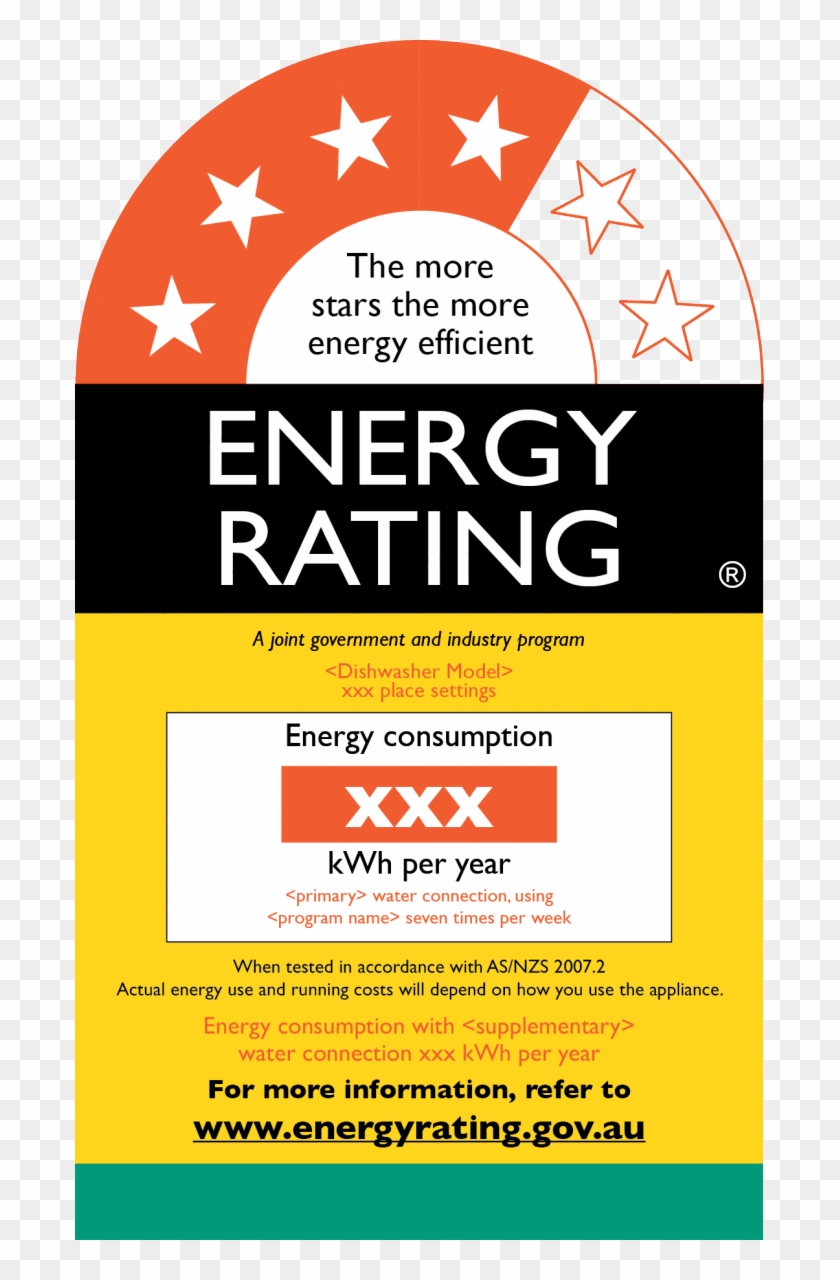
Post a Comment for "39 about energy rating labels"